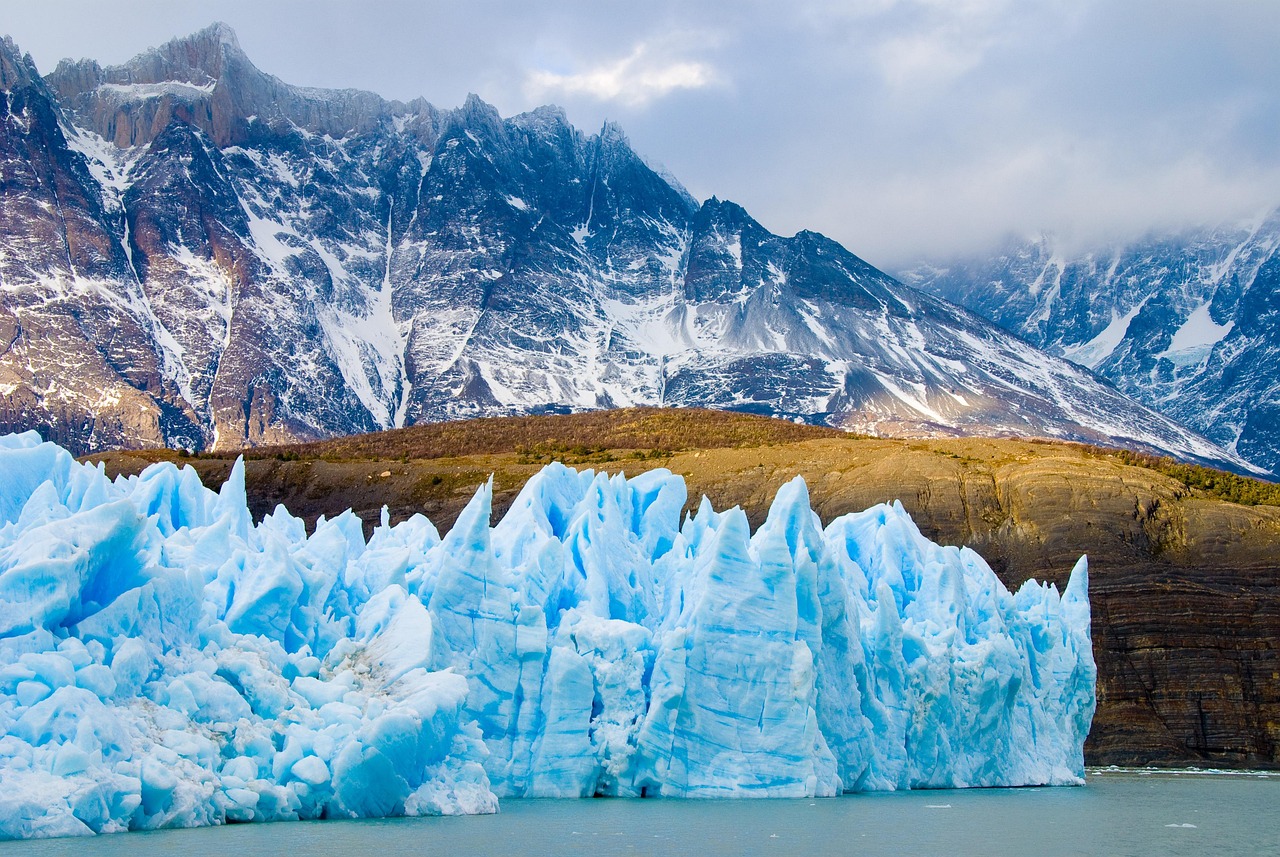Table of Contents
![]()
Introduction
Glaciers are massive, slow-moving rivers of ice that play a crucial role in Earth’s ecosystem. They serve as vital freshwater reservoirs, influence global sea levels, and shape landscapes through their erosive power. Understanding how glaciers form is essential to grasping their significance in both our environment and climate dynamics.
Conditions Necessary for Glacier Formation
Cold Temperatures
The primary prerequisite for glacier formation is consistently low temperatures. Regions that experience frigid conditions, particularly at high altitudes or latitudes, create an environment conducive to the accumulation of snow. In these areas, temperatures must remain below freezing for a substantial portion of the year to prevent melting.
Precipitation
Snowfall is the second key component in glacier formation. In climates where snow accumulates faster than it melts, glaciers can develop. While rain can also contribute to ice formation, it is snowfall that primarily leads to the thick layers necessary for glaciers to form.
The Stages of Glacier Formation
Snow Accumulation
The process begins with the accumulation of snow. When snow falls, it initially comprises loose, fluffy flakes. Over time, as more snow layers accumulate on top, the weight compresses the lower layers, initiating a transformation.
Transformation of Snow to Firn
As snow continues to accumulate, it undergoes a process of compaction and densification, transitioning into firn—an intermediate stage between snow and glacial ice. Firn is denser than snow but still contains air pockets, making it less solid than glacial ice.
Formation of Glacial Ice
The final transformation occurs when firn is subjected to further compression, causing the air bubbles to be expelled and the firn to compact into solid glacial ice. This dense ice is characterized by its crystalline structure, which forms as the temperature and pressure increase within the glacier.
Factors Influencing Glacier Growth
Climate and Weather Patterns
Climate plays a vital role in glacier growth. Seasonal temperature fluctuations can affect how much snow accumulates versus how much melts. Consistently cold winters with significant snowfall contribute to the growth of glaciers, while warmer summers can hinder their development.
Geography and Topography
The geographical features of an area also influence glacier formation. Mountainous regions often create favorable conditions for glaciers, as altitude can result in lower temperatures and increased snowfall. Additionally, the orientation of slopes can affect sunlight exposure, further influencing snow retention.
Glacier Dynamics
Movement of Glaciers
Once formed, glaciers are not static. They move due to gravity and the pressure of overlying ice, undergoing internal deformation and sliding along their base. Various factors, such as temperature, slope, and ice thickness, can affect the speed and pattern of this movement.
Erosion and Deposition
Glaciers are powerful agents of erosion. As they move, they erode the landscape through processes like plucking (where ice pulls rocks from the ground) and abrasion (where rocks and sediment scrape against bedrock). This erosion can create unique landforms, such as moraines and drumlins, which are deposits of glacial debris.
Types of Glaciers
Alpine Glaciers
Alpine glaciers form in mountainous regions and are often found in valleys. These glaciers can vary in size and are typically constrained by their topography, moving down valleys in response to gravity.
Continental Glaciers
Continental glaciers, or ice sheets, cover vast areas and are not confined by topography. They are much larger than alpine glaciers and are predominantly found in Greenland and Antarctica. These glaciers can be several kilometers thick and play a significant role in global sea level.
Environmental Impact of Glaciers
Glaciers have far-reaching environmental impacts. As they melt due to rising global temperatures, they contribute to sea-level rise, posing threats to coastal communities. Additionally, glaciers are crucial for freshwater supply, providing water to rivers and lakes, especially in regions reliant on meltwater during warmer months.
Current Trends and Future Outlook
Effects of Climate Change
Climate change is significantly impacting glaciers worldwide. Increased temperatures lead to accelerated melting and reduced snowfall, threatening the stability and existence of many glaciers. This retreat can alter local ecosystems and affect water supplies for millions of people.
Implications for Global Water Resources
As glaciers continue to shrink, the implications for global freshwater resources become more critical. Many regions depend on glacial meltwater for agriculture, drinking water, and hydroelectric power. Monitoring these changes is essential for sustainable resource management.
Importance of Studying Glaciers
Studying glaciers is vital for understanding climate dynamics. Glaciers serve as indicators of climate change, and their behavior can provide insights into past and future environmental conditions. Ongoing research is crucial to predict future trends and mitigate potential impacts.
Conclusion
The process of glacier formation is a complex interplay of environmental factors, involving snow accumulation, compaction, and transformation into ice. Glaciers are not only significant geological features but also vital components of Earth’s climate system. As we face the challenges posed by climate change, understanding and protecting these majestic ice formations becomes increasingly important.
Share This





Be the first to comment